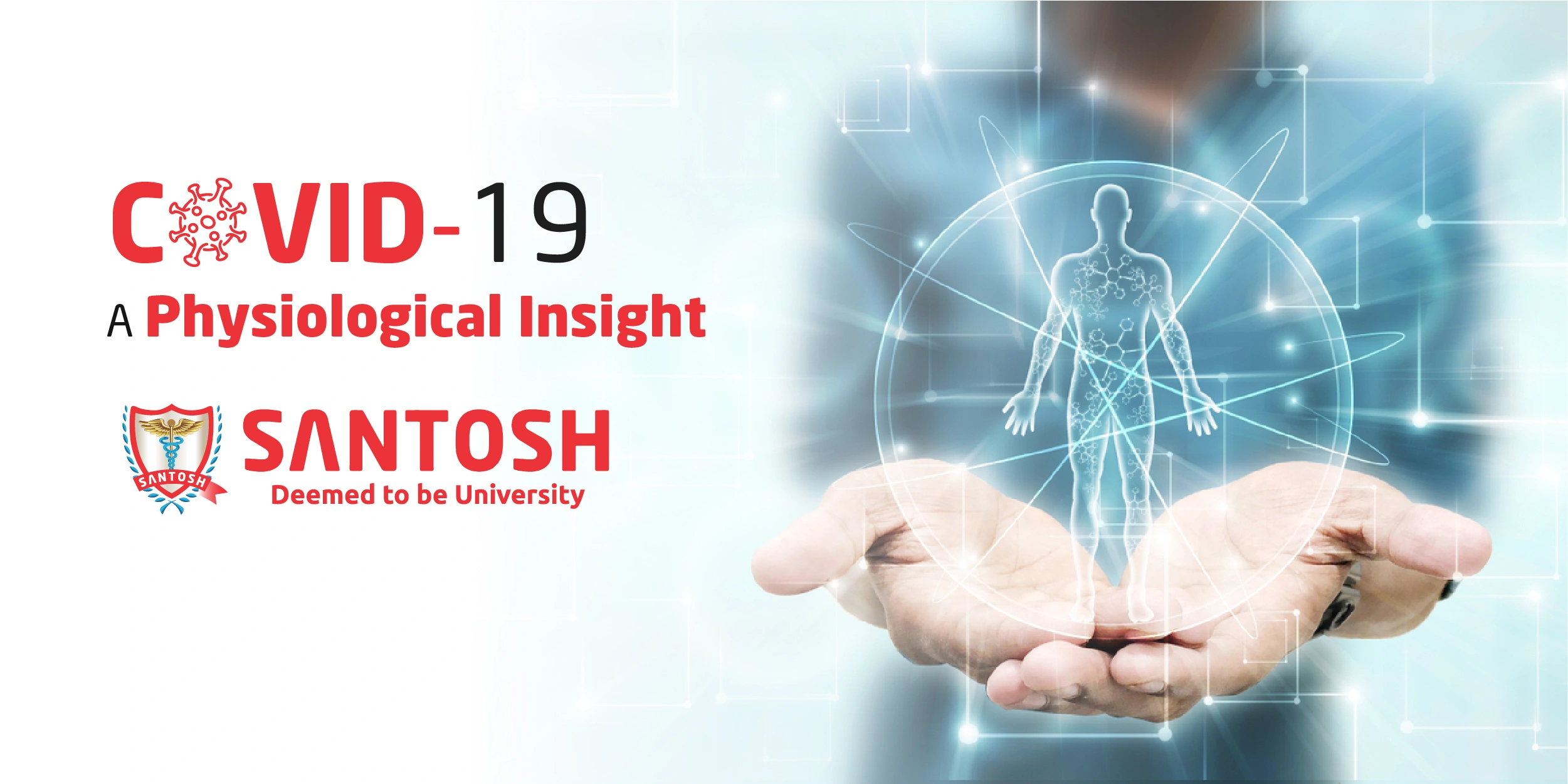
Coronavirus can enter the body in several ways; the primary manner is through inhalation and passes into the lungs. Another less common way is through the eyes, nose, or mouth if you touch your face with contaminated hands. The coronavirus looks like a sphere covered in spikes. The reasons why the virus can successfully invade the cells in your respiratory tract are spikes which are surface proteins. The cells in the lungs, arteries, heart, kidneys, and intestines have a protein on their surface called angiotensin-converting enzyme 2 (ACE2). After the virus binds to these proteins, it uses them as a gateway into your cells. Once the virus enters the body, it enters our cells through a two-step process.
During stage one, the spike proteins on the virus bind to ACE2 receptors located on host cells. During the second stage of the process, the virus hijacks a special enzyme called a protease that speeds up the breakdown of protein. There are lots of different proteases, but the one that SARS-CoV-2 targets is called TMPRRS2. The protease on the host cells should also be bound by the spike proteins. Once this has happened, the protease cleaves the spike protein on the virus in two places, allowing the virus to fuse with the host cell and deposit its RNA into the cells.’ The real damage is caused once it is inside the cell. It is a viral genetic material. In order to replicate its RNA and make copies of itself he virus uses the mechanisms inside your cell.
The process destroys cells and other cells in the respiratory tract get infected by thousands of new viral particles. Proteins called cytokines are produced by immune cells for helping them coordinate the battle against coronavirus. An extreme inflammatory reaction called a cytokine storm can be triggered if the levels of cytokines are too high. When there is a sudden deposit of the vast amount of cytokines into the lungs, your body begins to attack healthy cells as well as infected ones, and then there is carnage. Thee are ruptured blood vessels that leak blood which is caused by the inflammation which is caused by a cytokine storm. The entire circulatory system gets affected. Immense damage, multiple organ failure, sepsis, and even death can be caused by cytokine storms. When the infection reaches and irritates the air passages, you develop a cough and fever. In the first few days following infection, coronavirus rapidly invades the lung cells that make mucous, surfactant, and the cilia covered cells.
Your lungs use cilia, which are hair-like structures, to disperse mucus and clean the lungs. It protects the respiratory system from pathogens and stops them from drying out. Specialized cells called pneumocytes make surfactant, which is a lubricant for the lungs that helps oxygen pass into the blood. Upon entering through ACE2, SARS-CoV-2 affects the type-2-pneumocytes that make surfactant.the role of surfactant is to prevent the collapse of the lungs by keeping the tiniest of air sacs (alveoli) open. The airways are kept dry and the fluid inflammation is reduced by the surfactants. When the virus travels deep down into the lungs many COVID patients develop pneumonia and suffer shortness of breath.
Once the virus reaches the lower parts of the lungs, the immune system steps up its fight the virus, inundating the lungs with immune cells, and potentially summoning an extreme immune reaction. The immune overreaction causes further debris to flood the lungs, and pneumonia becomes more serious. While this is happening, the inflammation also causes the lungs to fill with fluid. The blood doesn’t receive enough oxygen, due to the lack of surfactant. Lung impairment increases and some patients suffer respiratory failure, which can lead to death. The overactive immune response could permanently damage their lungs even if the patient avoids death. The lungs cannot provide enough oxygen transfer for the patient to breathe and get scarred, inflexible. It is still not clear about coronavirus and gastrointestinal involvement. Some patients have reported nausea and diarrhea, but these cases are much less frequent than respiratory symptoms.
There are no reports of fecal or stool samples testing positive for the virus, which further highlights the need for regular and thorough hand washing.COVID-19 can affect the heart and vascular system. Physicians find that some patients have low blood pressure, irregular heart rhythm, or ischemia, which is when the tissues don’t get enough blood passing through them. In a cytokine storm, the entire vascular system has to suffer, as blood starts to leak from blood vessels. Those who have a preexisting cardiovascular condition are at higher risk of developing severe disease according to the knowledge of the experts. When the lungs are suffering, the heart is under more pressure.

